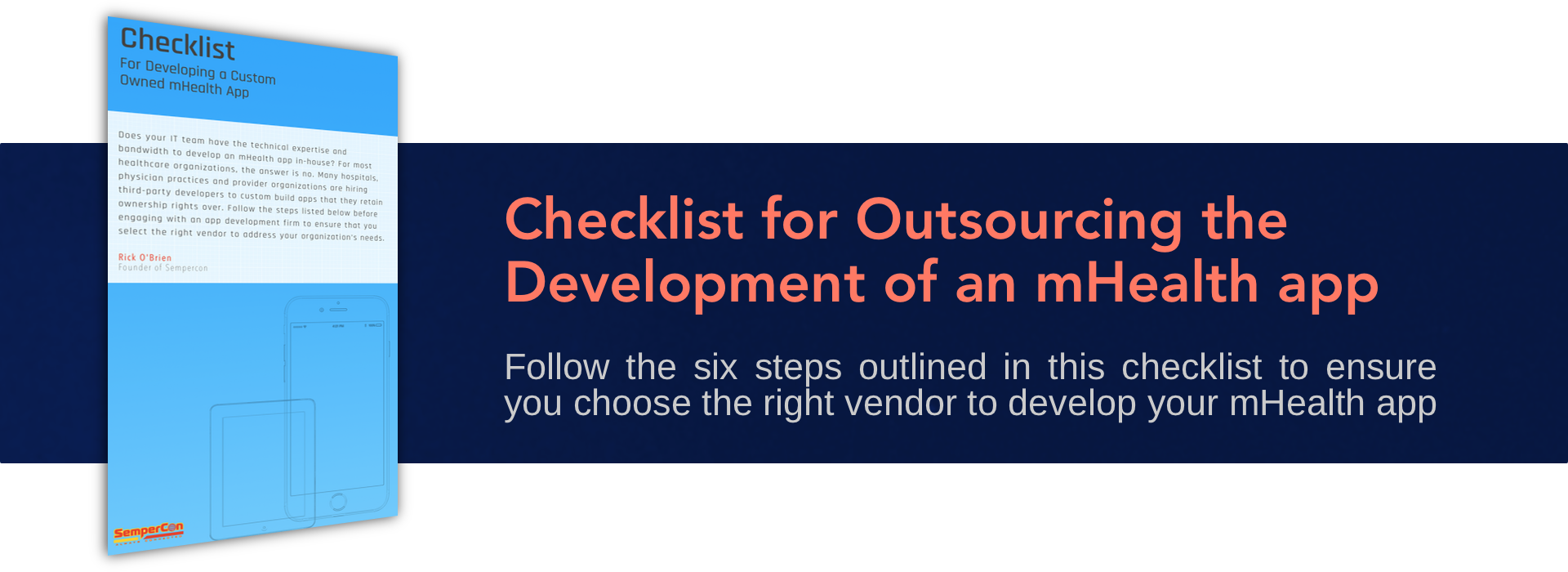Wearable health devices have the unrivaled capacity to monitor, collect and report patient data on an individual level. As it stands, health insurance premiums are typically calculated using aggregate data based on the age and geographic location of members. With the introduction of wearable devices, insurance companies can specifically adjust premiums based on an individual’s health behavior. While most insurance premiums are adjusted annually, wearables would make it feasible to adjust premiums in real-time. Pioneering auto insurance companies are already using dashboard technology to collect data from their customers, adjusting premium rates based on distance driven or safe driving speeds. Health insurance companies can similarly use advances in wearables and mHealth to better serve and engage their member base.
Wearable health devices can transform health insurer practices in three key ways:
Integrating Behavioral Health Data Into Member Premiums
Many surveys have reported that wearable health consumers lose interest with their smart devices over time. Insurance credits and immediate premium reductions based on fitness activity monitoring could encourage health consumers to more frequently and consistently utilize their wearable devices. Wearable health devices, thus, can support insurers in better aligning healthy lifestyle changes with member premiums.
Monitoring Treatment Plan Adherence
Health insurance companies can incentivize healthy behaviors as well as monitor treatment adherence through wearable health data monitoring. With chronic disease patients accounting for 75% of the country’s $2.7 trillion healthcare spending, treatment plan adherence initiatives can have a significant impact on reducing costs of treatment. Wearable health solutions like this personal medication assistant are already tackling medication adherence challenges by recording patients’ medication-taking behavior with sensor-connected prescription bottles. GPS-connected wearables, too, can be used to record visits to the gym or other community health centers.
Delivering Highly Relevant Value To Members
With newfound wearable device data, insurance providers can move beyond simply monitoring their members’ health to positively influencing health behaviors. By connecting wearable health devices with customer-facing mHealth apps, insurance companies can provide their members with highly relevant and actionable health profiles. Integrated mHealth apps can provide members with real-time access to data collected by both their insurer and wearable health devices. Health insurers can also deliver targeted health advice based on each individual’s daily behaviors through these mHealth apps. In this way, health insurers will be able to personalize the customer experience, and significantly expand customer value.
It won’t be long before the predictions we’ve outlined come to fruition. Health insurance companies are already piloting preventative health and wellness initiatives using data collected from wearable health devices. In 2014, one study found that three percent of health insurance companies were already using wearable devices to collect customer health data, another three percent were experimenting with the devices, and twenty-two percent were developing a strategy to do so. Another survey conducted in 2015 found that sixty-three percent of insurance executives expect wearables to have a significant impact on the industry. It’s only a matter of time before wearables transform the health insurance market, driving lower costs and improving the customer experience.


